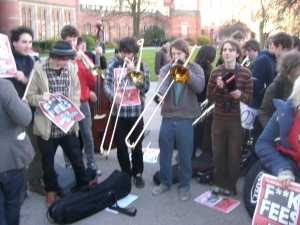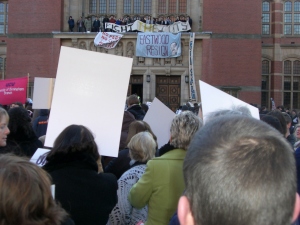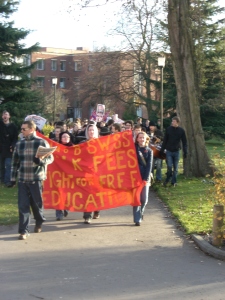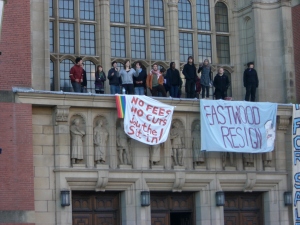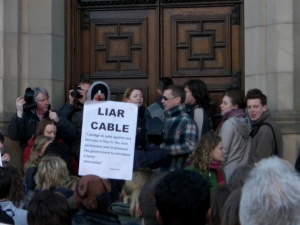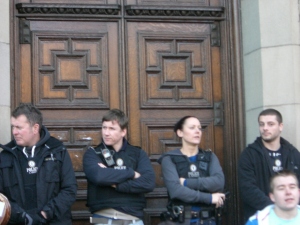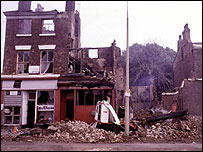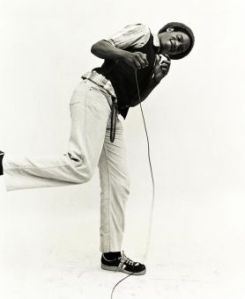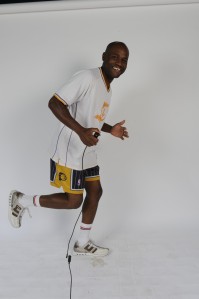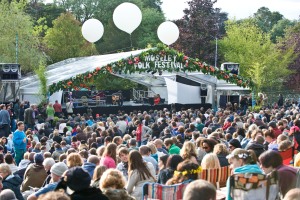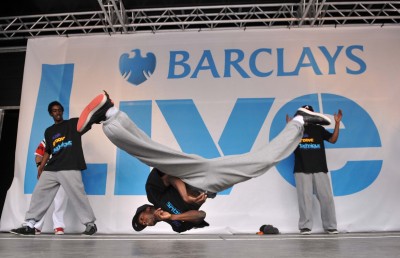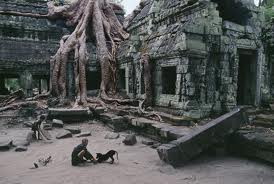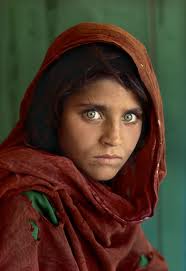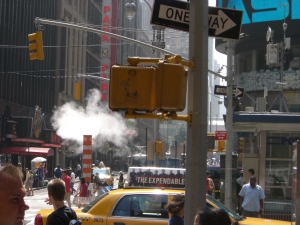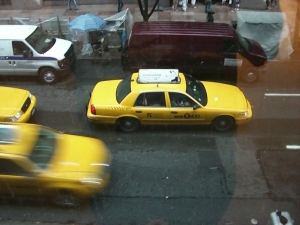The start of this week saw a third wave of student protests across the country, including here in the second city. On Tuesday, around 60 protesters entered Birmingham’s Council House and held a peaceful demonstration against the proposed rise in university tuition fees.
With former deputy leader of the Liberal Democrats, Vince Cable stating earlier this week he may abstain from the vote – despite currently being the minister responsible for universities – the issue now looks more complicated than ever.
The Lib Dems had garnered a lot of student support in the brief pre-election period of Cleggmania (remember that), and while it is debatable what proportion of that was down to their tuition fees pledge, it is certainly an issue which will have lost the party ground with that particular demographic.
One of the major arguments leveled at the proposals, is that it would contravene efforts for social inclusion and create an elitist institution of universities, with poorer students being priced out of attending certain establishments, regardless of their ability. Universities would be able to charge up to £9,000 per year for fees, almost three times the current cap and an increase of almost nine times the amount from the middle of the decade. Another issue, is that any proposed rise would likely see students without the support of wealthy parents graduate with over £20,000 worth of personal debt.
Coalition members have stated that Universities charging higher fees would need to prove what steps they are taking to encourage students from poorer backgrounds to attend and have schemes in place to support these students. However regardless of this, it would be difficult to argue that a more obvious hierarchical system would not arise, and that many capable students might prefer to look elsewhere than get the best education available to them at the cost of thousands of pounds of debt.
Comedian Ed Byrne claimed last week on Young Voters Question Time that the proposals were an attempt to enforce a free market economy on the education system, which effectively missed the point of how students actually select their educational institute. After all choosing a university is not (and should not be) like choosing a bottle of ketchup.
Students at Birmingham’s University’s and beyond are sure to join the rest of the country in keeping a keen eye on the developments over the coming weeks and months. It is unclear exactly when the voting will take place but it will be interesting to see how the Lib Dems handle another incident of ‘backtracking’ from their pre-election pledges.
There has been a level of negativity regarding the way in which some have chosen to protest, with one particular incident involving a fire extinguisher getting a lot of attention. While it is fair to say that excessive violence should never be condoned, the media coverage that particular protest and the subsequent Day X protests have drawn has been substantial. This raises the age old question of people’s right to protest, and whether solely peaceful protests truly catch the attention they desire. Those who have been maligned in the media during recent weeks, might find themselves portrayed in a different light if things now go their way.

